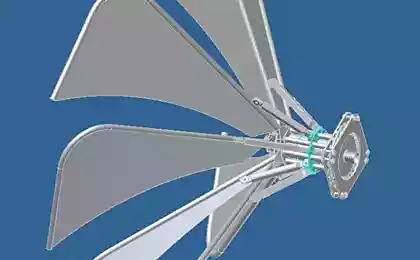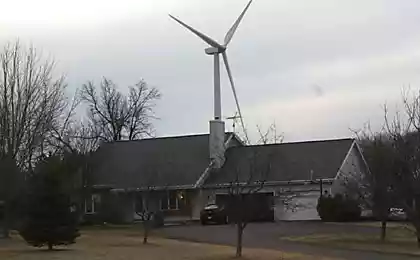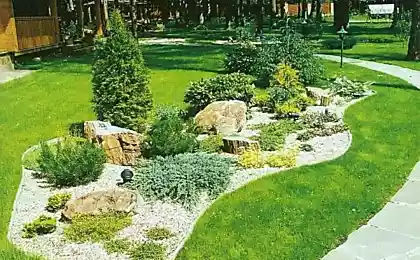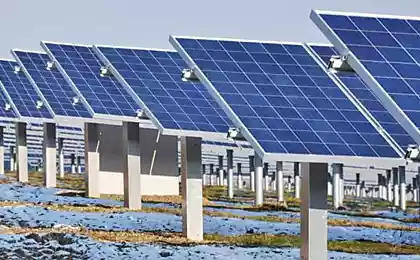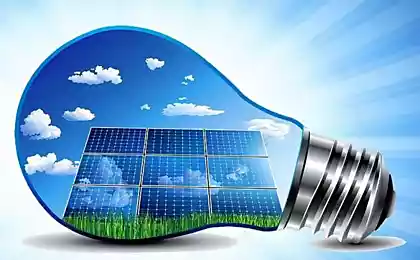478
City-Lily
The planet heats up, glaciers are melting, sea levels are rising and this will lead to a massive relocation of people from low-lying oblastal other continental areas. For this architect, Kallebo Vincent (Vincent Callebaut) has designed a self-sufficient floating cities Lilypads (city of lilies).
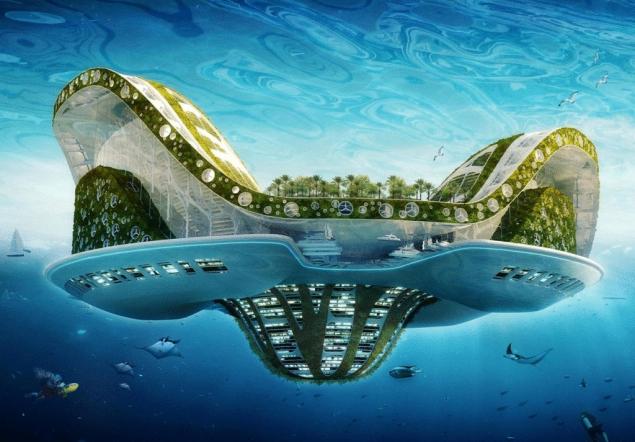
Each city can accommodate up to 50 tis. people, and taking into account that under the threat of flooding of up to 25 million people around the world, Kalebo job thoroughly.
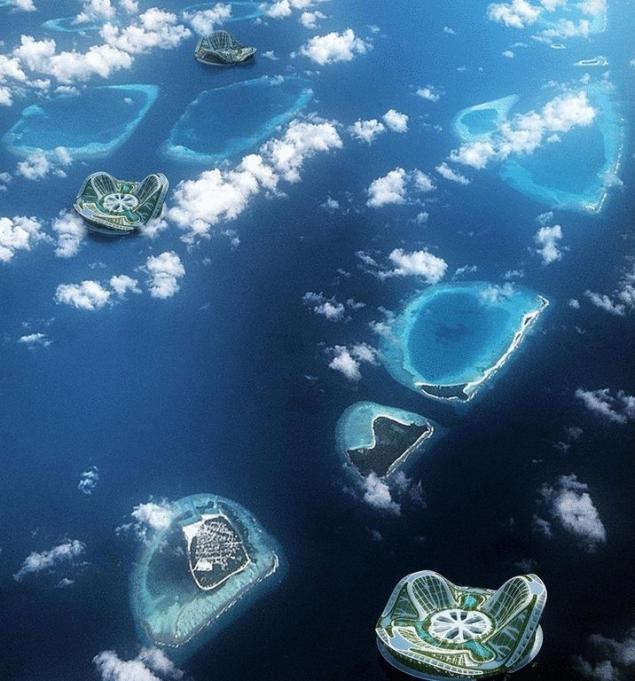
Inspired by the shape of lilies, he created the eco-city made of polyester fibers covered by a layer of titanium dioxide. What constitutes such a large ship? Of course, mount the electronics and completely "green" solutions. So, "double skin" structure made of high-strength polyester fiber, covered with a layer of titanium dioxide. Latest under ultraviolet light decomposes polluting substances by means of photocatalytic reactions.
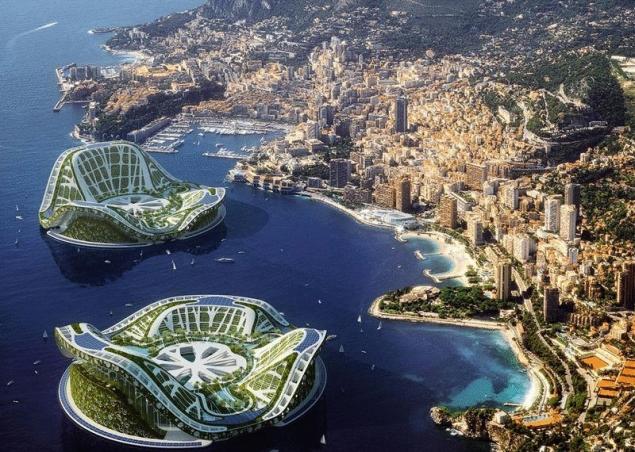
In area of 50 thousand square meters will be located working surfaces, shops, housing areas, the hanging gardens and aquaculture will be located below the water level. The city should work on renewable energy sources: solar panels, wind energy and tide, etc. Their launch is planned in the year 2058.
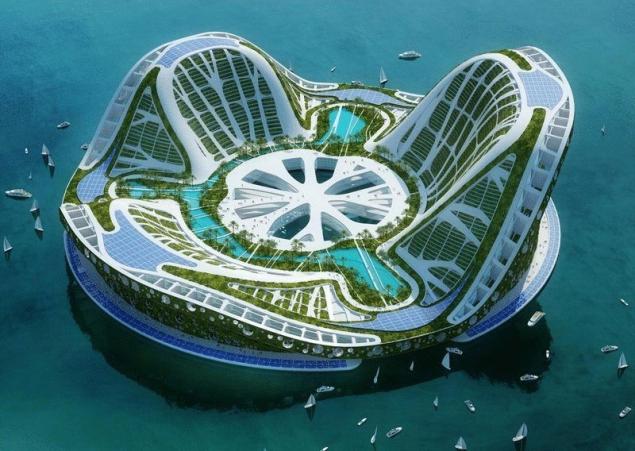
Source: /users/155

Each city can accommodate up to 50 tis. people, and taking into account that under the threat of flooding of up to 25 million people around the world, Kalebo job thoroughly.

Inspired by the shape of lilies, he created the eco-city made of polyester fibers covered by a layer of titanium dioxide. What constitutes such a large ship? Of course, mount the electronics and completely "green" solutions. So, "double skin" structure made of high-strength polyester fiber, covered with a layer of titanium dioxide. Latest under ultraviolet light decomposes polluting substances by means of photocatalytic reactions.

In area of 50 thousand square meters will be located working surfaces, shops, housing areas, the hanging gardens and aquaculture will be located below the water level. The city should work on renewable energy sources: solar panels, wind energy and tide, etc. Their launch is planned in the year 2058.

Source: /users/155
